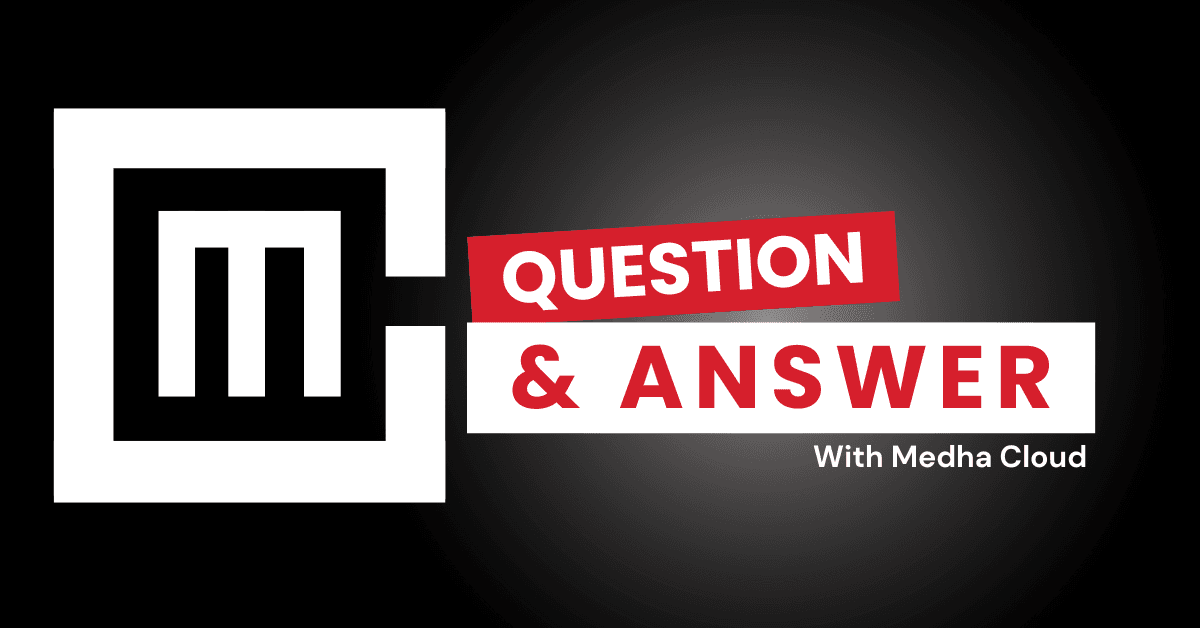Handling downtime with a Managed Service Provider (MSP) involves a structured process that includes immediate incident reporting, root cause analysis, resolution, and post-incident review. This approach minimizes disruptions and ensures accountability while restoring normal operations efficiently.
Steps for managing downtime with an MSP
1. Incident detection and reporting
- How downtime is identified:
- Automated monitoring tools alert the MSP to outages in real time.
- Clients can report downtime directly through help desks, ticketing systems, or designated communication channels.
- Actions to take:
- Provide details about the issue, including affected systems, error messages, and time of occurrence.
- Specify the urgency to help the MSP prioritize response.
2. Prioritization and escalation
- Categorizing the incident:
- Downtime is classified based on its impact (e.g., critical, high, medium, low priority).
- Critical incidents, such as outages affecting core systems, are escalated immediately.
- Escalation procedures:
- Frontline support handles initial diagnostics; unresolved issues are escalated to specialized teams or third-party vendors.
3. Root cause analysis
- What happens:
- The MSP investigates to determine the root cause, such as hardware failure, software bugs, or network disruptions.
- Logs, diagnostic tools, and system checks are used to pinpoint the issue.
- Communication:
- Clients are updated on findings and expected resolution timelines.
4. Resolution and recovery
- Restoration process:
- Implement corrective actions, such as rebooting systems, replacing faulty hardware, or deploying patches.
- Use backup systems or failover solutions to restore services quickly if applicable.
- Testing:
- Verify that all systems are functioning correctly after resolution.
- Ensure no residual issues remain.
5. Client communication
- During the incident:
- Provide regular updates on progress, expected resolution time, and any interim workarounds.
- After resolution:
- Notify the client once normal operations are restored.
6. Post-incident review
- Analysis:
- Conduct a thorough review of the downtime, including the cause, resolution steps, and impact.
- Documentation:
- Record the incident in the MSP’s ticketing system for future reference.
- Share findings and preventive measures with the client.
- Process improvement:
- Implement recommendations to avoid similar downtime in the future.
Tools used by MSPs to handle downtime
- Monitoring and alert systems: Tools like SolarWinds or Datadog to detect issues early.
- Ticketing systems: Platforms like ConnectWise or Zendesk to track incident progress.
- Remote management tools: Tools like TeamViewer or AnyDesk for quick troubleshooting.
- Backup and recovery solutions: Ensure fast restoration of lost data or systems.
How MSPs minimize downtime impact
- Proactive monitoring: Identifies potential issues before they cause outages.
- Redundant infrastructure: Ensures failover systems are ready to maintain operations.
- Disaster recovery plans: Provides a clear roadmap for restoring systems quickly.
- SLA guarantees: Commits to specific response and resolution times for downtime events.
Looking for an MSP to handle downtime effectively?
Medha Cloud ensures minimal disruptions with proactive monitoring and robust incident management.


